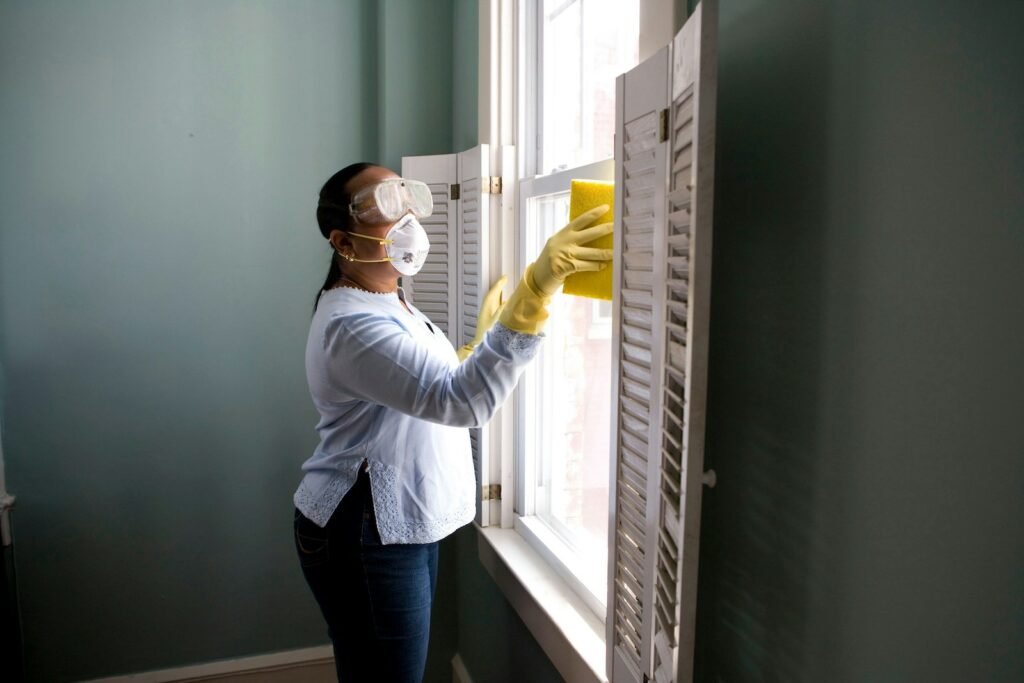Waste management plays an important role in maintaining a sustainable and clean environment. In Sydney, a bustling city known for its vibrant lifestyle, processing trash has evolved to address the challenges of a growing population, as well as increasing rubbish generation.
Through a combination of advanced tech, public participation, and government regulations, Sydney are taking significant strides towards a more environmentally friendly and efficient rubbish management system.
Household waste collection
At the center of this process lies the household rubbish collection system. Local government units provide property owners with designated bins for general trash, green rubbish, and recycling. Households actively participate in sorting their garbage to make sure that recyclables are appropriately separated from non-recyclable materials.
Regular collection services by rubbish management firms make sure that the trash is appropriately transported to the next stage of the process.
To find out more about rubbish management, click here for details.
Transfer Stations
After the collection process, trash is transported to transfer stations strategically located across the city. These facilities act as intermediate hubs where garbage from different collection routes is consolidated before being further processed. At these stations, rubbish is sorted and organized to optimize transportation, as well as minimize environmental impact.
Resource recovery facilities
The city boasts a lot of resource recovery centers equipped with state-of-the-art techs aimed at maximizing waste diversion, as well as material recovery. These facilities employ a combination of manual and mechanical sorting, as well as advanced sorting techs like optical sorting systems to separate recyclable materials like metals, glass, paper, and plastics from the trash stream.
Educational initiatives
Education plays an important role in promoting composting and organic waste management. Community organizations, schools, and government agencies can organize workshops, provide educational materials, as well as offer resources to raise awareness about the benefits of this process and encourage widespread participation.
Landfill management
While Sydney aims to divert as much trash as possible from landfills, residual and non-recyclable garbage still needs proper disposal. The city has designated landfill areas where waste is properly and safely managed and monitored to reduce environmental impact. These areas adhere to strict regulations to prevent water and soil contamination, as well as advanced techniques like landfill gas capture systems used to reduce methane emissions.
Organic waste and composting
In an effort to minimize organic waste going to landfills, rubbish removal Sydney advocates encourage composting. Green trash collected from gardens and homes is usually diverted to the centers. Here, organic garbage undergoes controlled decomposition, producing nutrient-rich compost that people can use in landscaping and agriculture.
This process not only minimizes landfill rubbish but also supports sustainable practices like reducing the need for chemical fertilizers and soil enrichment.
How important is proper organic waste management?
Organic trash accounts for a huge portion of landfill trash. When left to decompose in landfills, these things generate methane, a potent greenhouse gas that can contribute to climate change. By managing these things efficiently and effectively, we can greatly minimize methane emissions, reduce landfill space, as well as support a circular economy.
What is composting?
This thing is a natural biological process that decomposes organic rubbish into nutrient-rich compost. It involves creating the ideal conditions for bacteria, worms, and fungi to break down organic matter. This process can be done on a small scale in backyards or on a larger scale in community centers.
Types of organic waste suitable for composting
There are a lot of organic materials that can be composted. It includes vegetable and fruit scraps, tea leaves, coffee grounds, yard trimmings, plant-based food scraps, and eggshells. But it is important to avoid composting dairy products, meat, pet trash, and oily items, as they can attract pests or introduce pathogens into compost piles.
The benefits of composting
Nutrient-rich soil amendments
This process acts as a natural fertilizer, enriching the soil with important nutrients, promoting plant growth, and improving soil structure.
Waste diversion
This process can divert organic garbage from landfills, minimizing methane emissions as well as easing the burden on landfill capacity.
Carbon sequestration
Composting helps sequester carbon in our soil, mitigating climate change by offsetting emissions of greenhouse gases.
Erosion and water retention control
Composting enhances the soil’s ability to retain water, minimizing irrigation needs as well as preventing soil erosion.
Reduced chemical dependency
Compost-enriched soil needs fewer synthetic fertilizers and pesticides, promoting healthier ecosystems.
How to do composting?
Choose a composting method
Property owners should first decide between conventional composting (using a compost pile or bin) and vermicomposting (using worms like red wigglers to accelerate the decomposition process).
Prepare the compost
Layer organic trash using dry materials like shredded paper, leaves, or straw to maintain a balanced carbon-to-nitrogen ratio to achieve the best decomposition possible.
Maintain aeration and moisture
Keep the compost moist but not waterlogged. Turn the pile regularly to make sure there is proper decomposition and airflow.
Patience and time
This process is a slow and gradual process. Depending on factors like materials used and temperature, it can take a couple of months to a year for compost to fully mature.
Community composting
For people without resources or space for home composting, community composting centers offer an alternative. These shared spaces collect organic waste from different households and manage the process on a much bigger scale. Community composting fosters collaboration, provides access to nutrient-rich compost for landscapes and local gardens and educates the community about sustainable practices.
Recycling
Once the recyclable materials are separated, they undergo further processing to be transformed into valuable resources. Plastics are sorted, cleaned, and processed into pellets that can be used to manufacture new plastic products.
Cardboard and paper are pulped, removing contaminants, and then used to create new cardboard and paper products. Glass is crushed, melted, and molded into new glass products, minimizing the need for new raw materials extraction.
How to do proper recycling?
Know local recycling guidelines
Each area may have certain salvaging guidelines, so the first thing people need to do is to familiarize themselves with the recycling rules in their place. Local municipal websites. Trash management firms and centers can provide valuable info on acceptable materials, recycling facilities, and collection methods available to them.
Understand recyclable materials
People should educate themselves about the kinds of materials that can be recycled. Common recyclable materials include glass, cardboard, paper, plastics (like containers and bottles), metals (steel cans and aluminum), and certain types of electronics. But it is imperative to note that not all plastics are recyclable, so people need to check for salvaging symbols or consult local guidelines for plastic recycling codes.
Separate and sort
Proper recycling starts at home with effective sorting and separation of recyclable materials. Property owners need to set up designated recycling containers or bins to collect various types of recyclables. Separate items like metals, glass, plastics, cardboard, and paper to make sure they can be processed efficiently at recycling centers.
Clean and prepare
Contamination can hinder the salvaging process, so it is imperative to clean recyclable items before placing them in recycling containers. Rinse out containers, cans, and bottles to remove any food residue. Flatten cardboard boxes to save space and remove non-recyclable materials like Styrofoam inserts or plastic windows.
Avoid contamination
Contamination happens when no-recyclable items are mistakenly included with recyclables. To prevent this thing from happening, people need to make sure that accepted items are placed in the salvaging containers. Common contaminants include food waste, plastic bags, greasy pizza boxes, electronics, and batteries. Dispose of these things properly through separate recycling programs or designated collection points.
Check for recycling programs in the area
In addition to conventional curbside recycling, most cities have specialized recycling programs for certain items like hazardous materials, light bulbs, batteries, and electronics. Research and use these programs to make sure responsible disposal of these items are adequately practiced.
Reuse and reduce
Remember that this process is just one part of the rubbish management hierarchy. Whenever possible, individuals should focus on reducing consumption and reusing things to minimize waste generation. Choose reusable bags, bottles, and containers, and consider donating or repurposing things before discarding them.
Spread awareness and educate
Promote recycling practices within the community by sharing knowledge and encouraging others to participate. Engage in discussions, organize events or drives, and educate colleagues, family members, and friends about the importance of proper reusing and its positive impact on the environment.
In conclusion
Sydney’s waste management system exemplifies a commitment to sustainable resource conservation and practices. Through a combination of household participation, advanced processing techs, diversion strategies, and efficient garbage collection, the city is making significant strides in minimizing waste, increasing salvaging rates, and reducing its environmental footprint. As Sydney continues to evolve, collaboration and innovation will play an important role in shaping a greener and cleaner future for waste management in the area.



